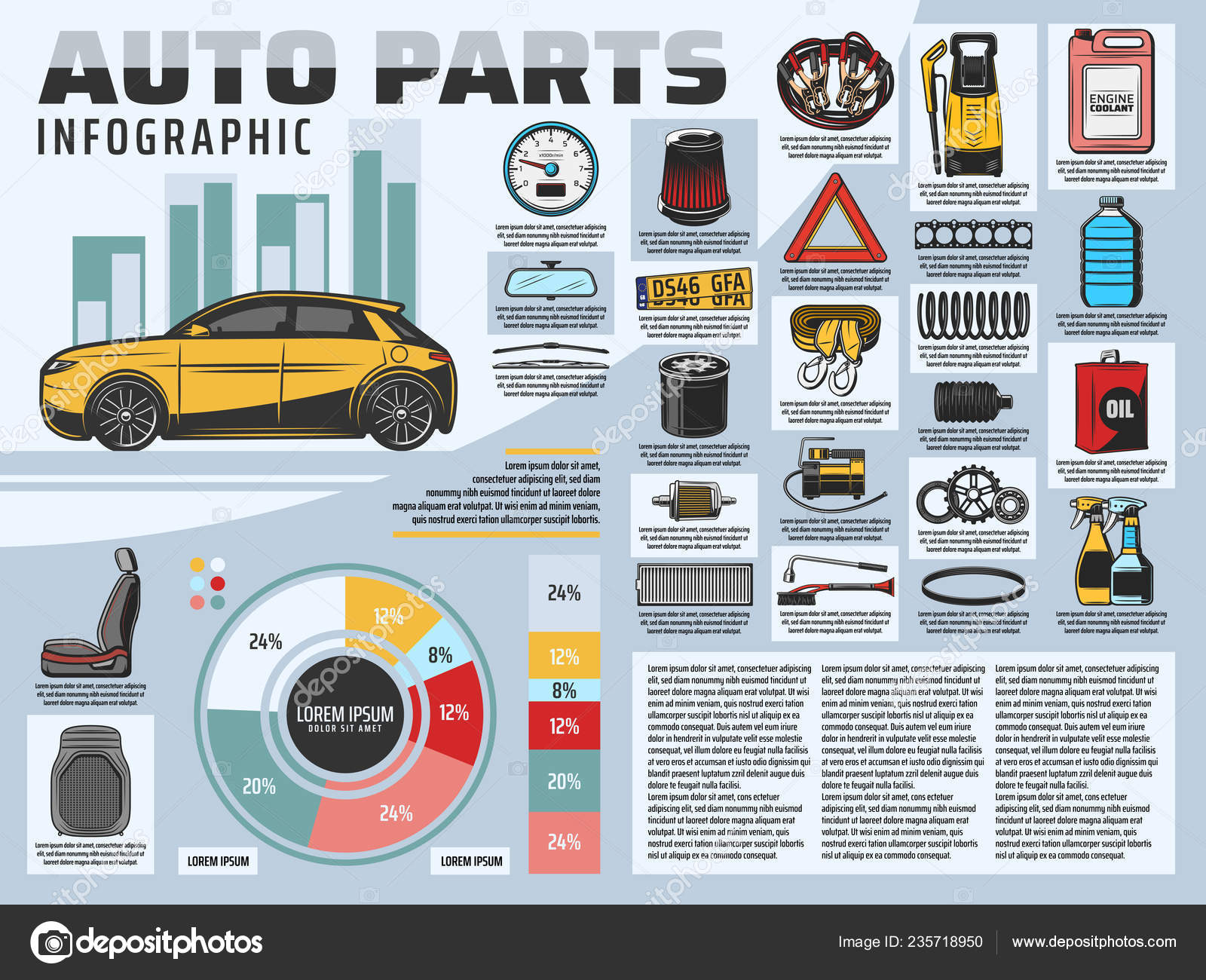Comprehending The Significance Behind Your Vehicle'S Caution Lighting: An In-Depth Look
Comprehending The Significance Behind Your Vehicle'S Caution Lighting: An In-Depth Look
Blog Article
Short Article Writer-Samuelsen Dalgaard
When you're behind the wheel, those radiant warning lights on your control panel can be a little bit perplexing. Do you know what they're attempting to inform you concerning your automobile's health and wellness? Comprehending the importance of these lights is essential for your safety and security and the durability of your automobile. So, the next time among those lights pops up, wouldn't you wish to analyze its message properly and take the required actions to resolve it?
Common Caution Lights and Interpretations
Identify common warning lights in your auto and understand their significances to guarantee risk-free driving.
One of the most regular caution lights consist of the check engine light, which signals problems with the engine or discharges system. If this light begins, it's crucial to have your automobile inspected without delay.
The oil stress cautioning light suggests reduced oil pressure, requiring prompt attention to stop engine damages.
A flashing battery light may recommend a defective charging system, potentially leaving you stranded otherwise attended to.
The tire pressure surveillance system (TPMS) light alerts you to low tire pressure, influencing car security and gas performance. Disregarding this might cause risky driving conditions.
The abdominal light shows a trouble with the anti-lock braking system, jeopardizing your ability to stop promptly in emergency situations.
Finally, the coolant temperature level cautioning light warns of engine getting too hot, which can lead to serious damages otherwise dealt with promptly.
Comprehending car wash and wax will aid you address concerns promptly and maintain safe driving conditions.
Relevance of Prompt Interest
Comprehending the usual caution lights in your automobile is only the first step; the value of immediately resolving these cautions can not be highlighted sufficient to ensure your security when traveling.
When a caution light brightens on your control panel, it's your car's means of connecting a potential problem that requires focus. Disregarding https://ecu-tuning17394.actoblog.com/30863011/individual-experience-transforming-my-clunker-with-a-weekend-break-explaining-session can bring about extra severe problems down the road, endangering your safety and possibly costing you a lot more out of commission.
mobile cut and polish to alerting lights can protect against failures and crashes. As an example, a blinking check engine light might suggest a misfire that, if left unattended, could cause damage to the catalytic converter. Resolving this without delay can conserve you from a costly repair service.
Likewise, a brake system alerting light could signify low brake liquid or worn brake pads, vital elements for your safety and security when driving.
DIY Troubleshooting Tips
If you discover a warning light on your control panel, there are a couple of DIY troubleshooting pointers you can try prior to looking for specialist help.
The initial step is to consult your vehicle's handbook to understand what the particular caution light indicates. Often the problem can be as easy as a loosened gas cap triggering the check engine light. Tightening the gas cap may solve the issue.
One more typical concern is a reduced battery, which can trigger numerous alerting lights. Inspecting the battery connections for corrosion and guaranteeing they're safe and secure could take care of the problem.
If a caution light persists, you can attempt resetting it by separating the vehicle's battery for a few mins and afterwards reconnecting it. Furthermore, checking your automobile's fluid degrees, such as oil, coolant, and brake liquid, can help fix warning lights connected to these systems.
Verdict
In conclusion, understanding your auto's caution lights is necessary for keeping your lorry running smoothly and safely. By immediately attending to these alerts and recognizing what they suggest, you can avoid costly fixings and prospective break downs.
Remember to consult your car's manual for specific details on each advising light and act accordingly to ensure a hassle-free driving experience.
Remain educated, stay secure when traveling!
